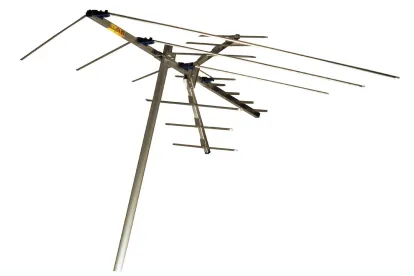In order to help wireless communications providers meet the need for new facilities to satisfy the exploding demand for service, last year Congress enacted legislation designed to make it easier to add, remove or replace transmitting equipment on existing towers. In particular, it prohibited state or local governments, from denying, and directs them to approve, requests to add, remove or replace facilities so long as doing so does not substantially change the physical dimensions of the tower. Unfortunately, the wording of the statute is vague. The FCC has issued a Public Notice in order to provide guidance about the meaning of some of the terms used. While courts may be asked to decide what Congress intended these terms to mean, the FCC’s Public Notice provides at least some indication of how the expert agency defines the terms.
Substantial Change
The FCC said that the meaning of “substantial change” should be interpreted using the following four prong test that it uses in other contexts today. First, a change would be “substantial” if it increases the existing height of a tower by more than 10% or by the height of one additional antenna array with separation from the nearest existing antenna not exceeding 20 feet, whichever is greater, except that the proposed antenna may exceed those limits to avoid interference with existing antennas. Second, a substantial change is one that involves the installation of more than the standard number of new equipment cabinets for the technology involved, not exceeding four, or more than one new equipment shelter. Third, a change would be substantial if it results in an attachment that protrudes more than 20 feet from the edge of the tower, or more than the width of the tower structure at the level of the addition, whichever is greater, except that those limits can be exceeded to shelter the antenna from inclement weather or connect the antenna to the tower via cable. Finally, a change would be substantial if it involves excavation outside the current tower site, defined as the current boundaries of the leased or owned property and any access or utility easements.
Towers Covered
The new legislation covers requests to add, remove or replace transmitting equipment on an existing “wireless tower or base station.” The FCC provided guidance on the meaning of each of those three terms. It said that a “tower” is any structure built for the sole or primary purpose of supporting FCC-licensed antennas and associated facilities. According to the FCC, a “base station” consists of radio transceivers, antennas, coaxial cables, a regular and back-up power supply or any structure that supports or houses an antenna, transceiver or associated equipment that constitutes part of a base station. Importantly, the FCC said that base stations include distributed antenna systems (DAS) and small cells. While the FCC did not specifically offer a definition of “wireless,” it observed that it was broader than “personal wireless service,” a term also in the Communications Act that generally defines the type of towers over which state and local regulation is restricted.
Applications for Collocation, Removal or Replacement
While the new law prevents state and local governments from denying, and directs them to approve, requests to add, remove or replace facilities, it does not preempt them from requiring an application to do so.
Time Limits
Although the FCC stated that the processing time for requests to add, remove or replace equipment “should be commensurate with the nature of the review,” it noted that in other contexts, it considers 90 days a reasonable time to process collocation applications. It found that the same time should be the presumptively reasonable period of time for processing applications under the new law.




 />i
/>i

